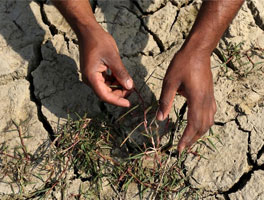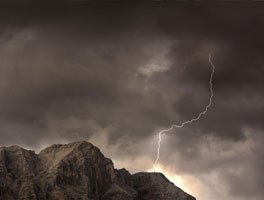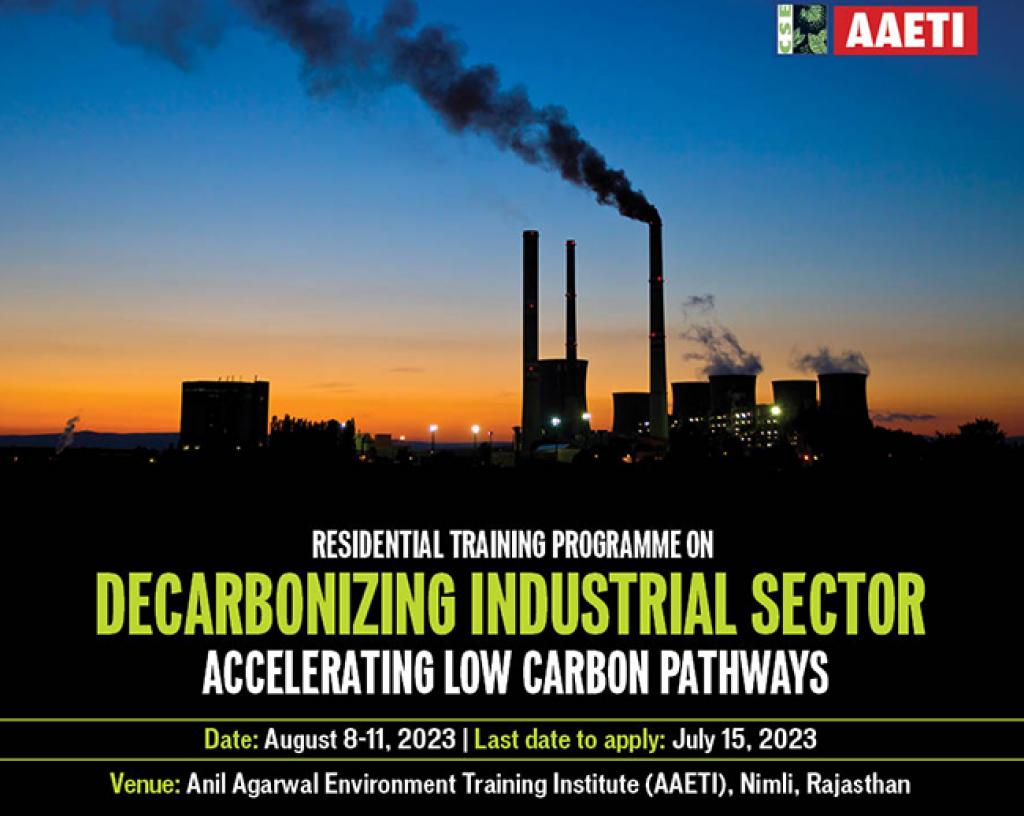 |
Dear readers,
Welcome to the Climate Weekly newsletter by the Centre for Science and Environment’s Climate Change programme and Down to Earth.
The IPCC’s 2019 report on the ocean and cryosphere told us with ‘high confidence’ that global warming has led to widespread shrinking of the cryosphere, with mass loss from ice sheets and glaciers, reductions in snow cover and Arctic Sea ice extent and thickness, and increased permafrost temperature. A new report by the International Centre for Integrated Mountain Development finds that the Hindu Kush Himalayas (HKH) have seen a 65 per cent faster loss of glacier mass. Rohini Krishnamurthy of DTE writes that the glaciers lost a mass of 0.28 metres of water equivalent per year (m w.e.) between 2010 and 2019 compared to 0.17 (m w.e.) per year between 2000 and 2009.
With two billion people in Asia reliant on the water that glaciers and snow here hold, the consequences of losing this cryosphere are too vast to contemplate, said a statement by ICIMOD. Current adaptation efforts are wholly insufficient to meet the challenges posed by cryospheric change and the extreme events that we now know with a high degree of certainty will hit these already vulnerable communities with greater magnitude and complexity.Moreover, biodiversity and ecosystem services in the HKH region will be threatened and suffer severe impacts even if the global temperature rise is maintained at 1.5 degrees Celsius.
Last week, CSE’s Climate Change programme hosted an online roundtable with the governments of India and Barbados, as well as think tanks and academia, to discuss how the global financial system can be reformed to better fund the climate and development needs of the Global South. The roundtable launched our new position paper Beyond Climate Finance.
CSE’s Industrial Pollution unit is hosting a week-long residential training programme on Decarbonizing the Industrial Sector. Register by July 15 to attend.
|
|
 |
| |
 |
|
| |
 |
 |
| |
By - Avantika Goswami
Climate Change, CSE
|
| |
|
 |
|
|
| |
 |
|
| |
| EXTREME WEATHER TRACKER |
| |
71 per cent Indian districts stare at poor monsoon, shows DTE analysis of IMD data, 21 June 2023
|
 |
 |
|
|
| |
 |
|
| |
 |
 |
Lightning activity in the European Eastern Alps doubled in 40 years. What does this indicate?, 21 June 2023
|
|
|
| |
|
|
| |
|
|
| |
 |
|
| |
|
|
| |
|
|
| |
|
|
| |
 |
|
| |
CLIMATE NEWS | SCIENCE| IMPACTS| POLITICS |
|
| |
 |
|
| |
|
|
| |
 |
|
| |
|
|
| |
 |
|
| |
|
|
| |
 |
|
| |
|
|
| |
 |
|
| |
|
|
| |
 |
|
| |
|
|
| |
 |
|
| |
|
|
| |
 |
|
| |
|
|
| |
 |
|
| |
|
|
| |
 |
|
| |
|
|
| |
 |
|
| |
|
|
| |
 |
|
| |
|
|
| |
 |
|
| |
|
|
| |
 |
|
| |
| Simply Put: Home delivery of a river |
|
Simply Put: Heatwave in Bihar. Or not |
| |
|
|
|
|
|
|
| |
|
|
| Training |
|
|
| |
|
|

|
|
|
| |
|
|